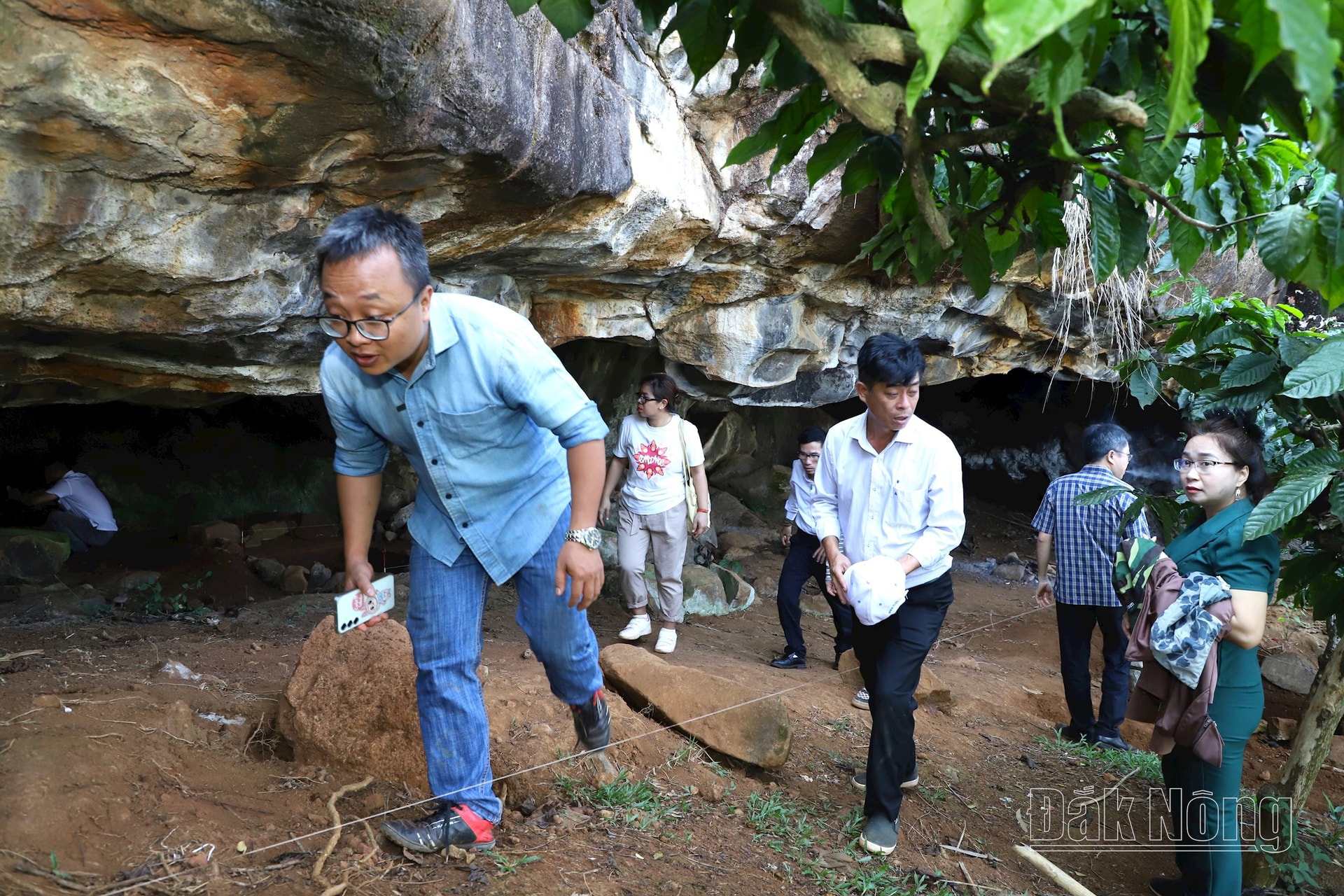
The archaeological survey was conducted under Decision No. 751/QD-BVHTTDL, from April 20 to May 20, 2025, with a licensed area of 8m², including 3 excavation pits (H1: 2m², H2: 2m², H3: 4m²).
The archaeological site of Ta Dung cave is a secondary cave, formed by horizontal water erosion, completely different from the Krong No volcanic cave. The cave has a frog-jaw shape, the cave entrance is about 16m wide, 3-8m deep and 0.5-5m high.
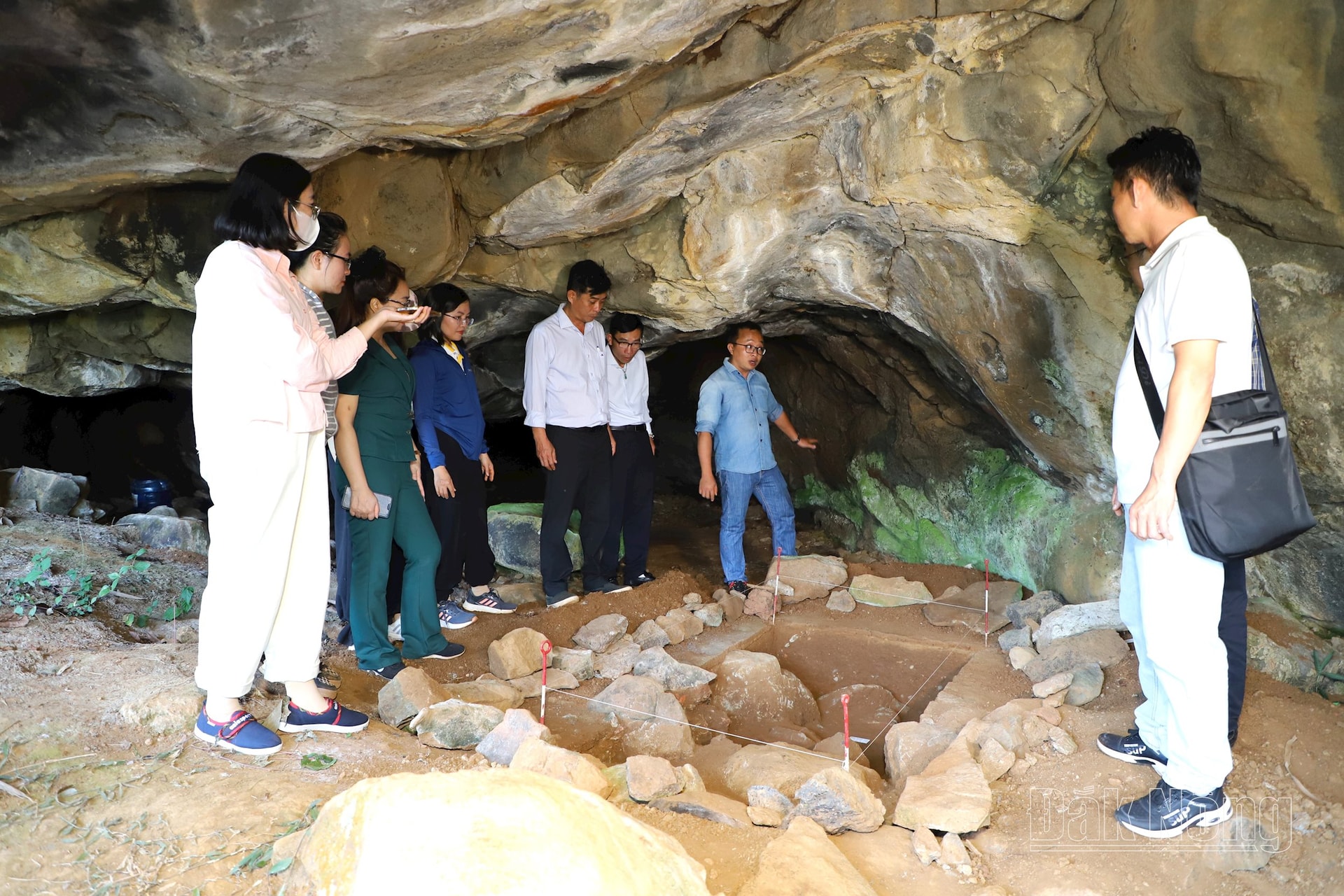
This site was discovered in 2023 by MSc. Vu Tien Duc, Dr. La The Phuc and colleagues. Some initial research results were published at the 2024 National Archaeological Announcement Conference and in specialized journals.
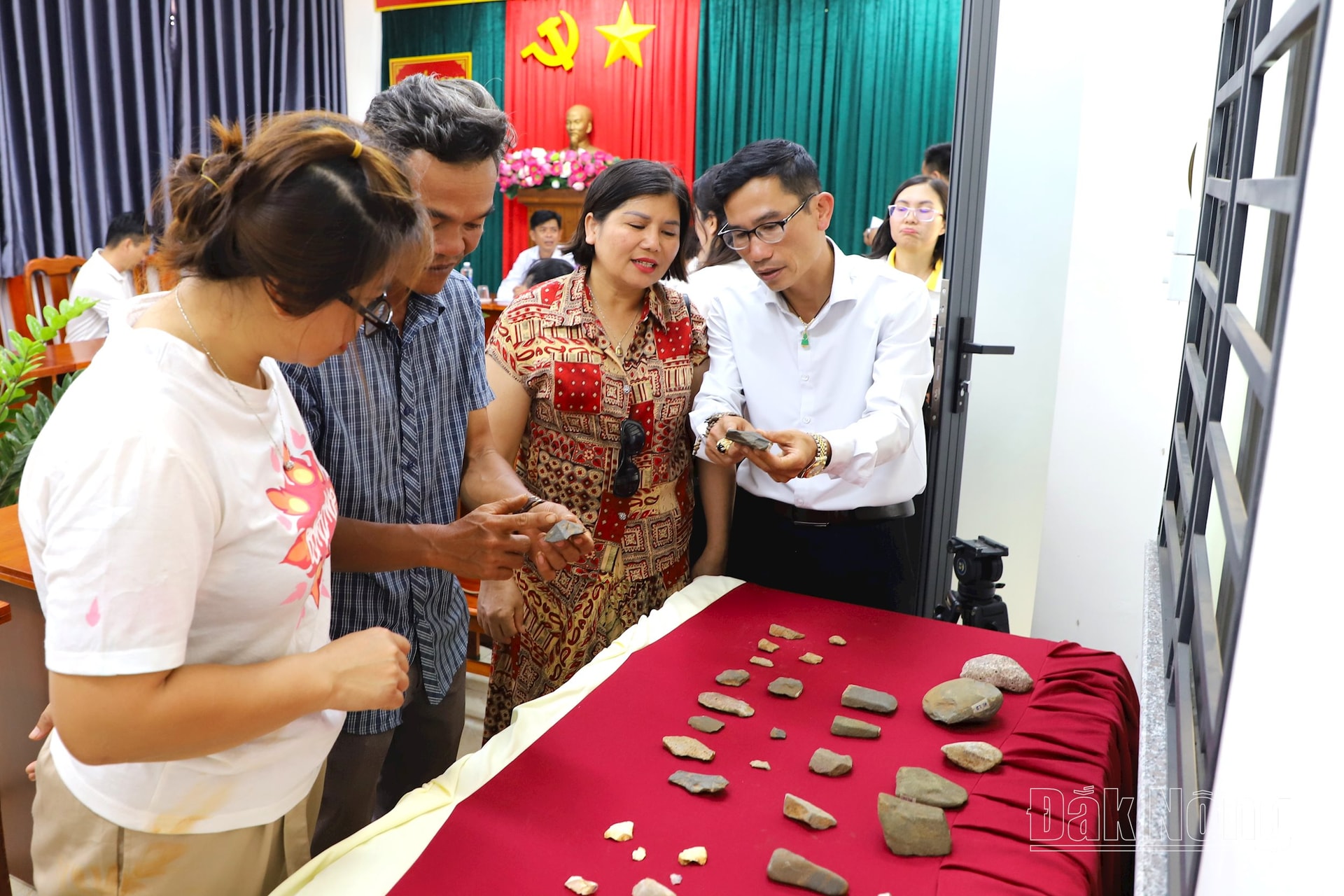
The objectives of the survey include determining the scope, age and nature of the relic, collecting artifacts for research, display and orientation of conservation and promotion of heritage values in the local socio -economic development strategy.
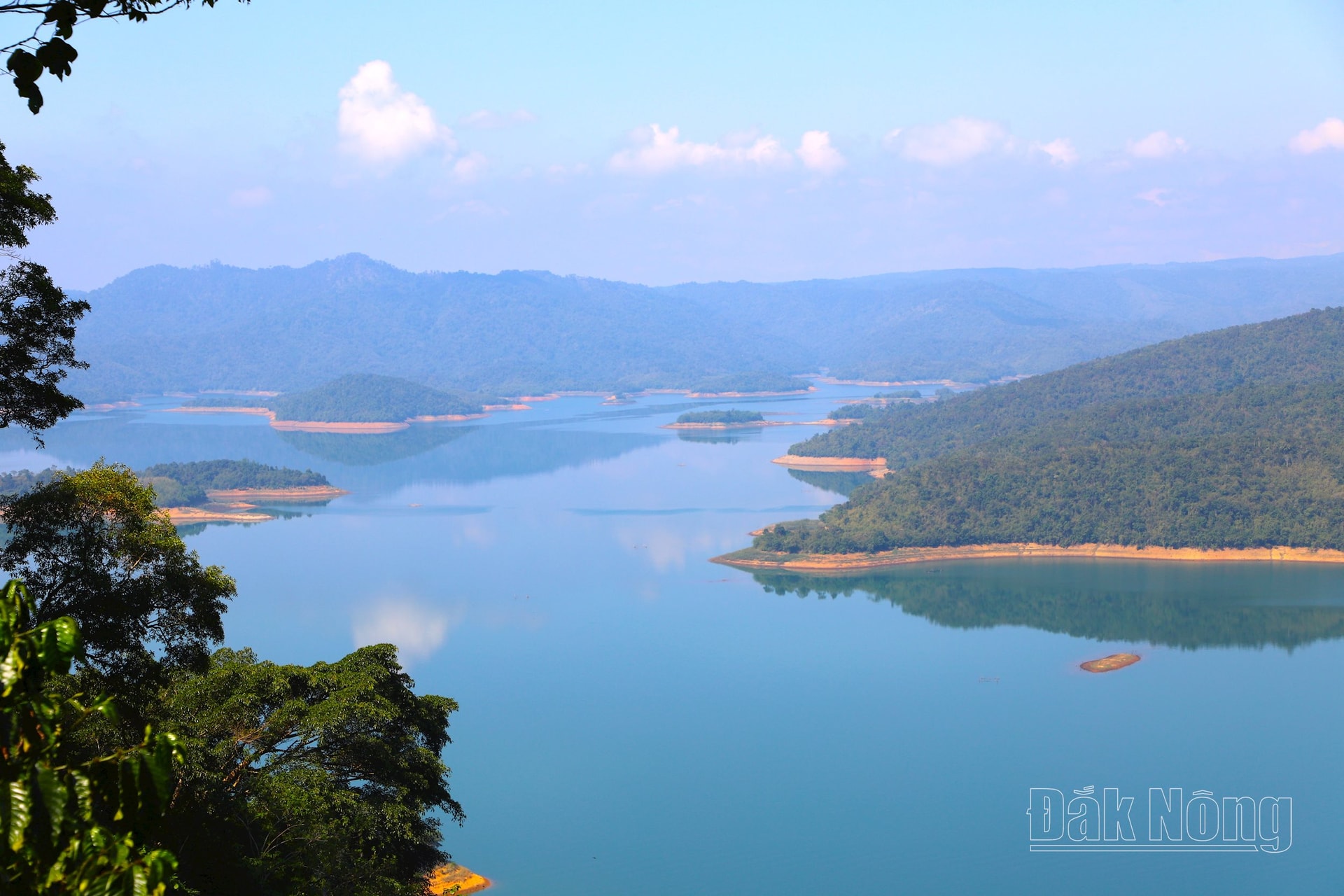
Three excavation pits were located at different locations in and around the cave. The excavation process strictly followed scientific procedures, dividing plots, digging layers, locating artifacts and recording stratigraphy. Pit 25.HTD.H1, located in the middle of the cave, was excavated to the 5th layer, discovering a number of archaeological artifacts such as flakes, raw stones, pottery fragments and ash. A sample of ash was taken for C14 dating analysis.
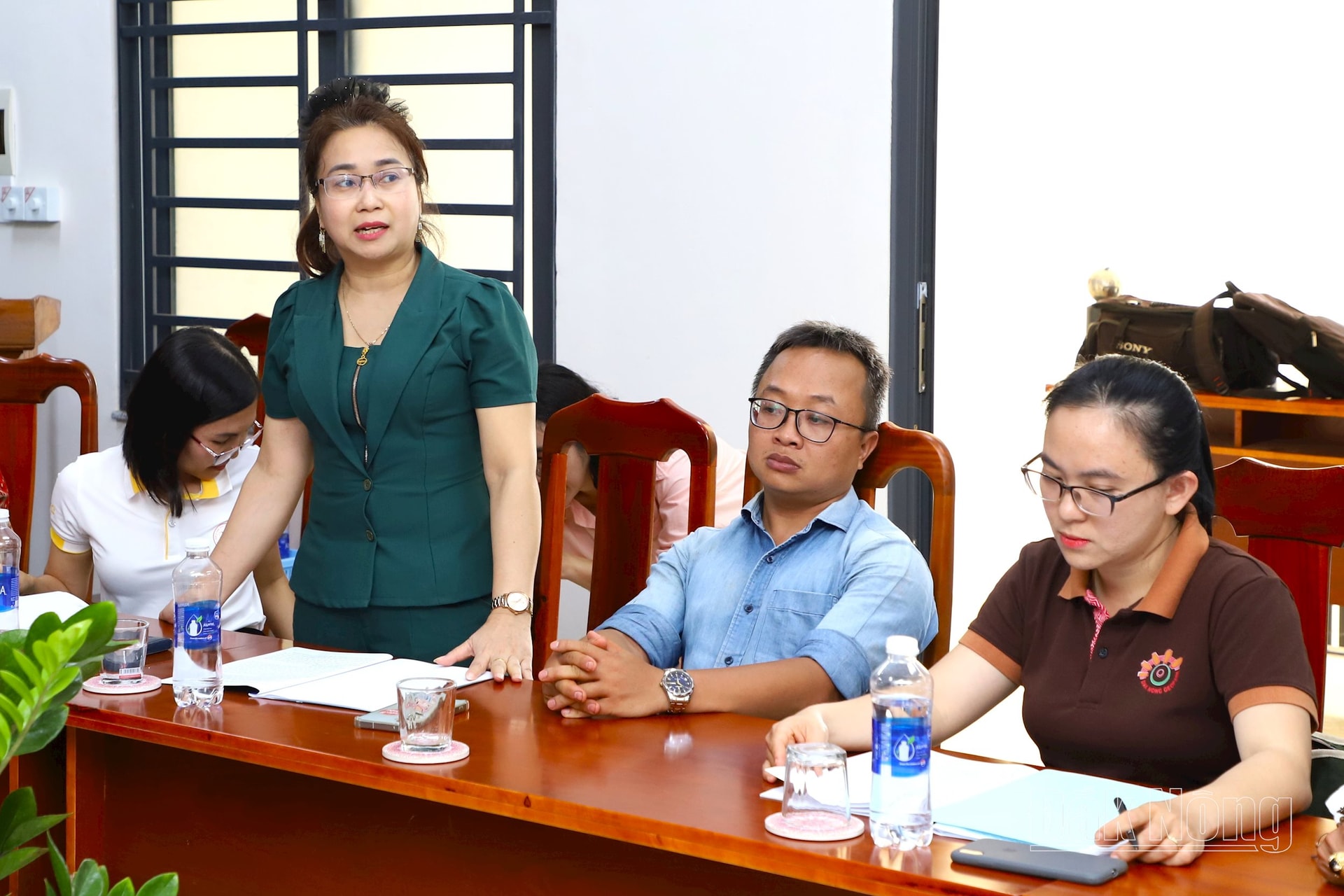
Pit 25.HTD.H2 is located on the outer edge of the cave, 0.9m deep, consisting of 10 layers. The surface layer is disturbed due to farming, but the cultural layer below is still quite intact. Pit 25.HTD.H3 is located above the cave, 9th layer deep. The cultural layer records traces of prehistoric human activities.
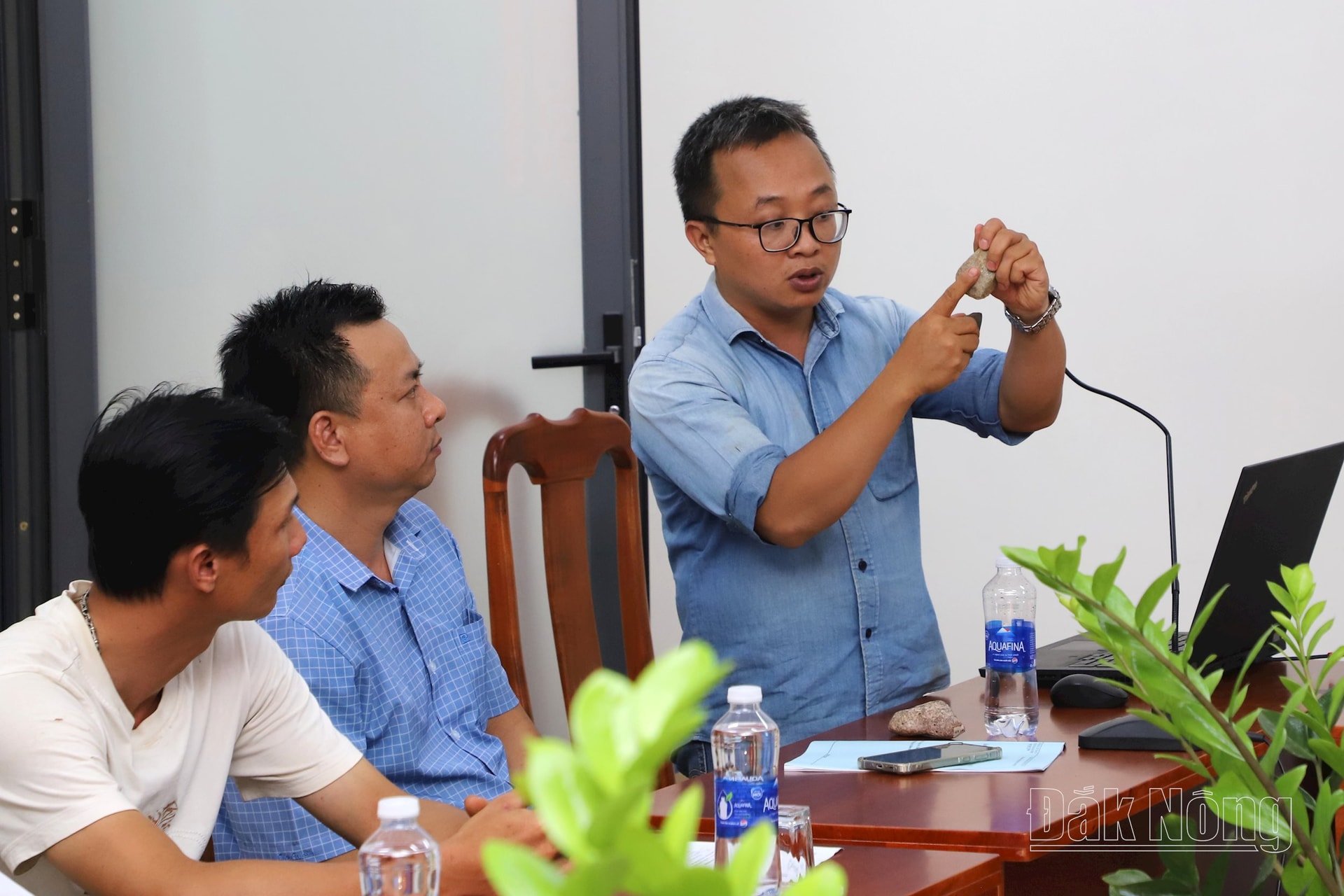
After excavation, pits H2 and H3 were completely filled in, while pit H1 was preserved in situ for further research. Collected artifacts were brought to the laboratory for processing, analysis and reporting in accordance with the provisions of the Law on Cultural Heritage.
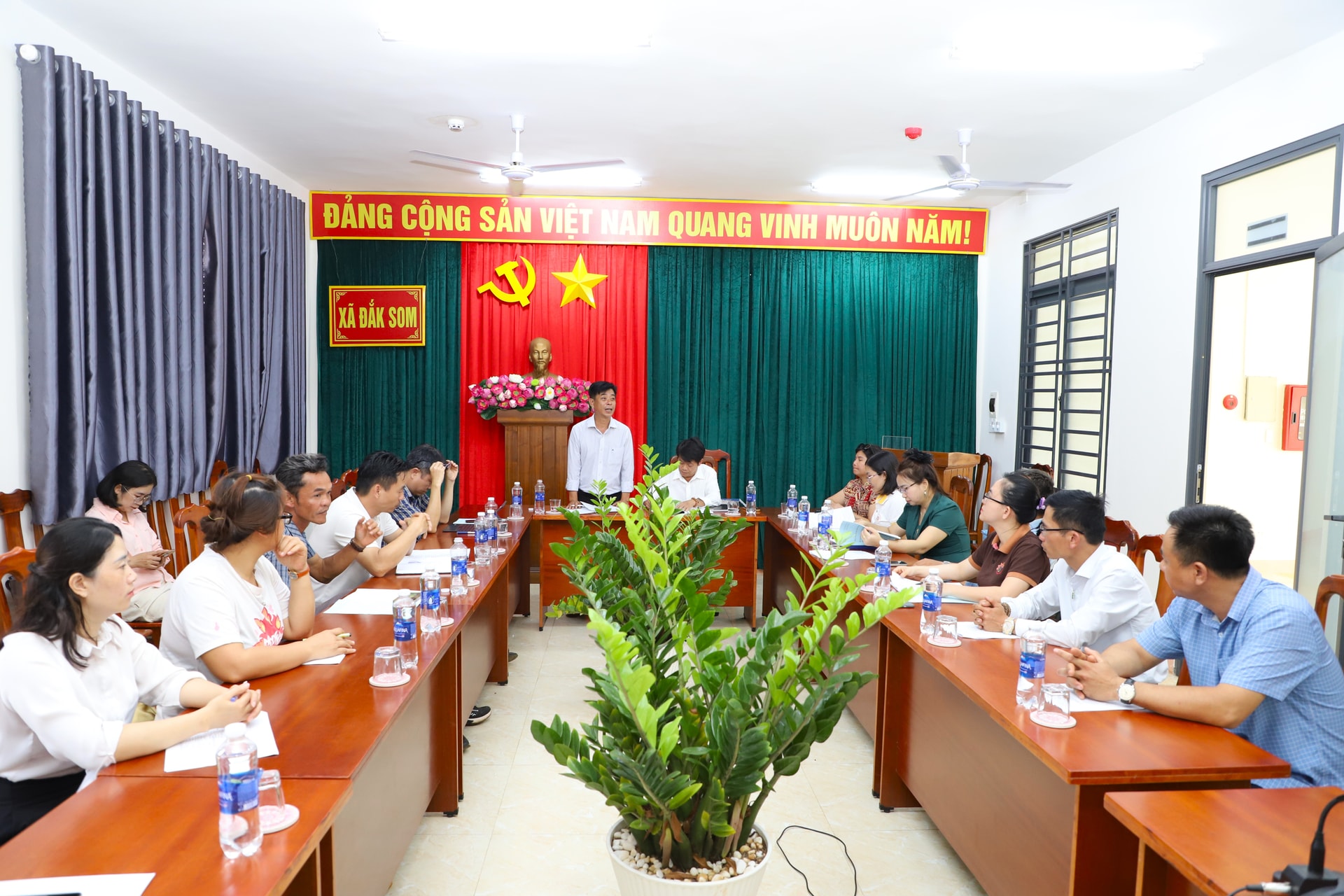
After conducting field surveys at the excavation pits, the conference initially recognized the important archaeological values of Ta Dung Cave. This opens up the potential for more extensive research in the future. This is an important scientific basis for developing a plan to preserve and promote the value of the relic, while also contributing to enriching the historical and cultural resources of the Dak Nong UNESCO Global Geopark area.
Source: https://baodaknong.vn/dak-nong-tham-do-khao-co-hang-ta-dung-251997.html


![[Photo] General Secretary To Lam works with the Central Policy and Strategy Committee](https://vphoto.vietnam.vn/thumb/1200x675/vietnam/resource/IMAGE/2025/5/28/7b31a656d8a148d4b7e7ca66463a6894)
![[Photo] Prime Minister Pham Minh Chinh receives a bipartisan delegation of US House of Representatives](https://vphoto.vietnam.vn/thumb/1200x675/vietnam/resource/IMAGE/2025/5/28/468e61546b664d3f98dc75f6a3c2c880)
![[Photo] Vietnamese and Hungarian leaders attend the opening of the exhibition by photographer Bozoky Dezso](https://vphoto.vietnam.vn/thumb/1200x675/vietnam/resource/IMAGE/2025/5/28/b478be84f13042aebc74e077c4756e4b)
![[Photo] 12th grade students say goodbye at the closing ceremony, preparing to embark on a new journey](https://vphoto.vietnam.vn/thumb/1200x675/vietnam/resource/IMAGE/2025/5/28/42ac3d300d214e7b8db4a03feeed3f6a)






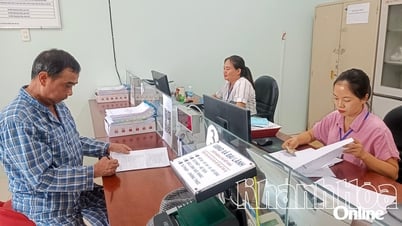



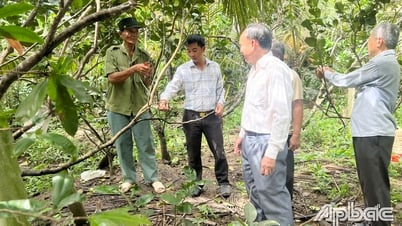





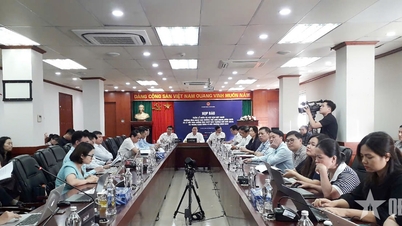

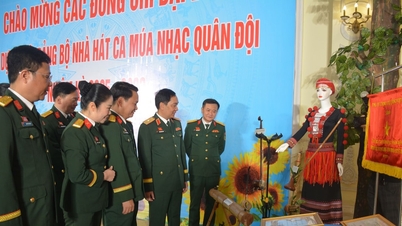


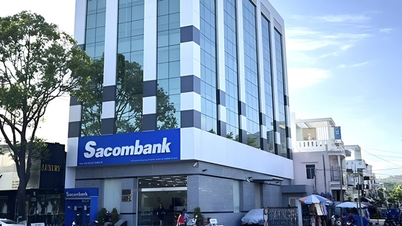



















































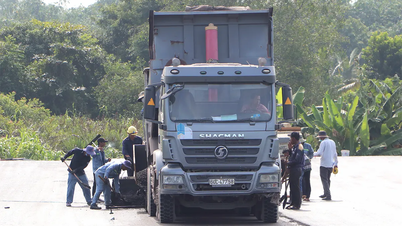
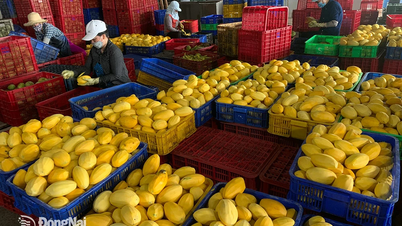









Comment (0)